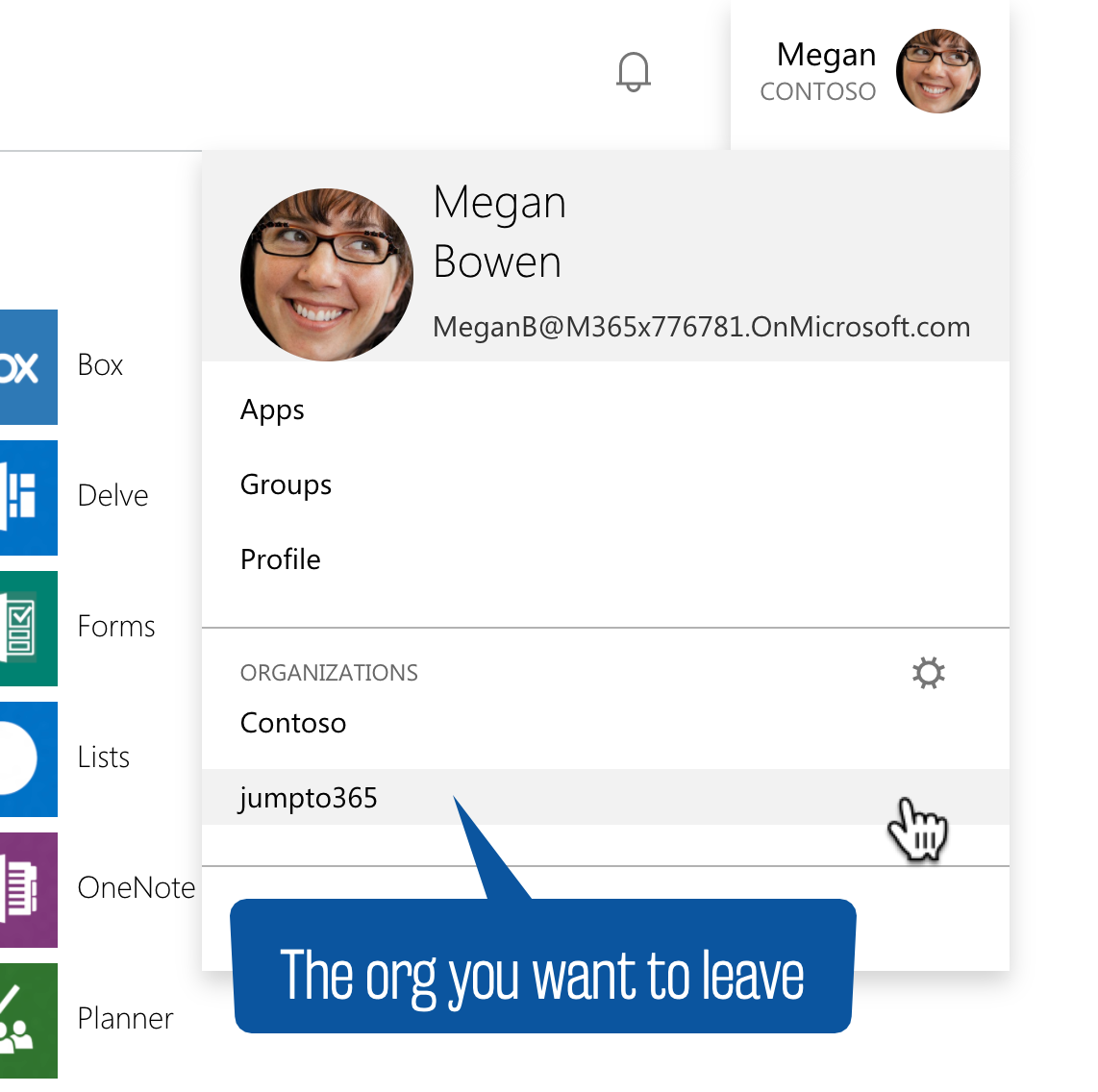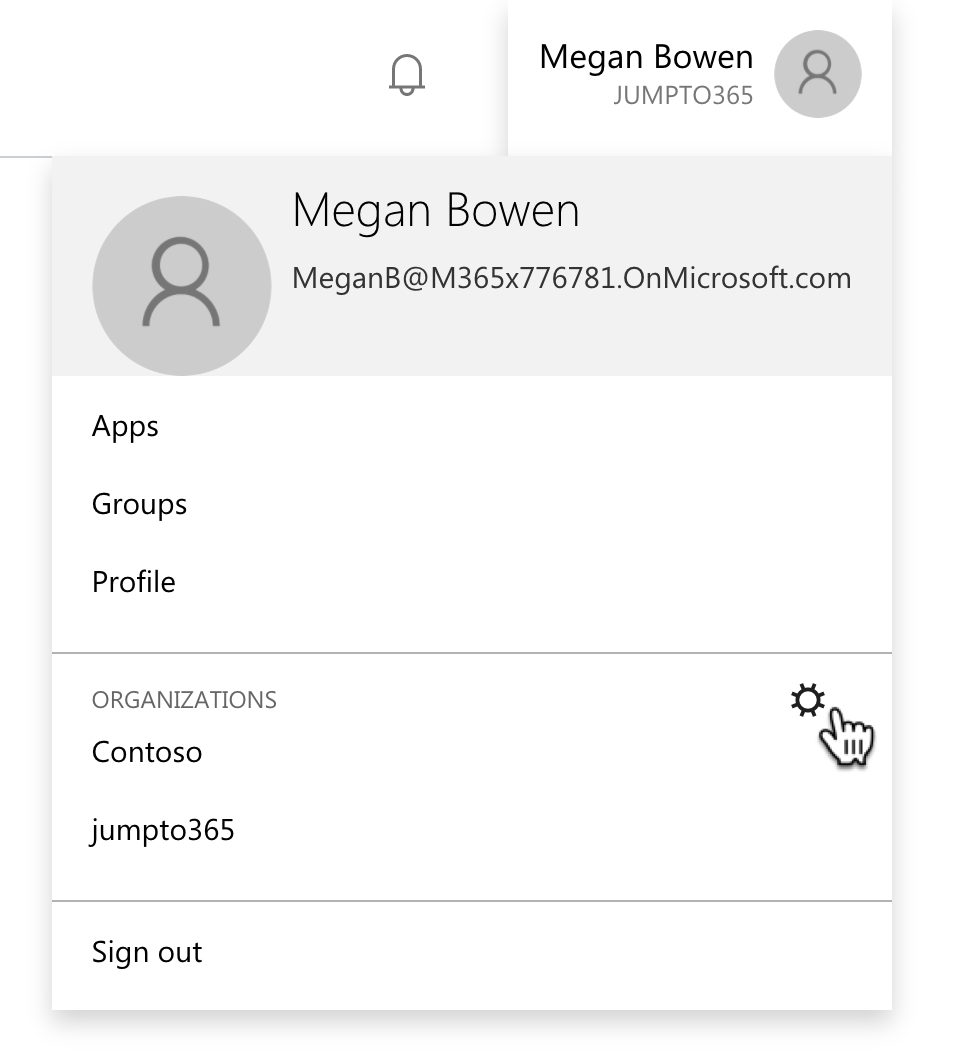Let's get out of here!
For those of you who jump around from organization to organization as a guest in Teams, this one will be useful for you because figuring out how to remove yourself from someone else’s system is not intuitive. A video version of this blog post is available below.
If you’re not familiar with guest access, Teams lets you invite people from outside your organization to join your Team, which can make working with them significantly easier. Think about it: a central place to talk, share files, have meetings, and all that Teams goodness with vendors, clients, partners, membership organizations... the possibilities go on.
And it doesn’t even cost anything. You can invite anyone with any email address and they don’t need some sort of additional license. Well, until you get into big numbers, but that’s not the point today. The only real requirement is your IT team having enabled and allowed guest access.
A useful tip about adding guests
Incidentally, when you invite someone to join your org, always make sure their name is correct. Teams will usually pull through an ugly version of the name for technical reasons. You can edit their name before you invite them and as far as I can tell, this is the only time you can do this—at least outside of Azure AD—so make it count for you and anyone else who might want to add them to a Team in the future, because they can’t change the name after you first invite them.

Removing yourself as a guest
From this user, Megan’s end, you can see she has a drop-down next to her name that indicates she’s in multiple organizations. Any orgs where she's a guest will say (Guest) after the name. Once you’re done working with that org, you probably want to remove it from this list, which, if you work with a lot of organizations, can get long and overbearing.

To do that, you want to follow these steps:
1. Open up your browser and go to myapps.microsoft.com and log in with your work or school account if you’re not logged in already. Here you’ll see a full list of all the apps that you have access to. Side note: it includes third-party apps, so if you ever want to disable one and remove its permissions, this is where you’d do it.

2. Click on your face in the top-right corner. You may be experiencing the new experience. Click ⋯ > Leave new experience to get back to the old experience, which is what is covered in this post. Once you're in the old experience, click the organization you want to leave. You can see we have almost no app access here because this user is a guest and has no license.


3. Click your face again and click the settings gear.

4. Then click Leave organization. And that’s it.

And just to note: if you weren’t logged into the guest organization—which we are here—it would ask you to log in there first. I think the link says Log in to leave organization instead of Leave organization.
Now, it says it’ll take a few minutes to take effect. That might be true for the actual permissions, but you’ll see the org show up in your Teams guest orgs list for upwards of two days. I did some testing on two different accounts and both of them took about that long. So when that org doesn’t magically go missing immediately from your Teams organizations list, don’t fret. It’ll happen eventually. If you try to switch to the other org, you'll encounter a friendly-looking org switcher page that is essentially an "access denied" page.
Hard-deleting the user in Azure AD doesn't speed up this process
And as a quick afterthought, I tried to minimize that time by hard-deleting the guest user from Azure AD. Of course no everyday person would be able to do this, but I figured maybe that had an impact. It doesn’t. The guest account eventually gets deleted after 30 days in AAD, but deleting it early has no impact on the Teams organization listing, unfortunately. So just be patient. (And if this doesn't mean anything to you, don't worry about it.)
Wrap up
So hopefully you found this useful. And let me know if you found this helpful and if there are other topics you’d like covered in the space of Teams, Office 365, and the like.





Obviously you have an opinion, so share it!